Maple Wood
- September 5, 2023
- 0 comment
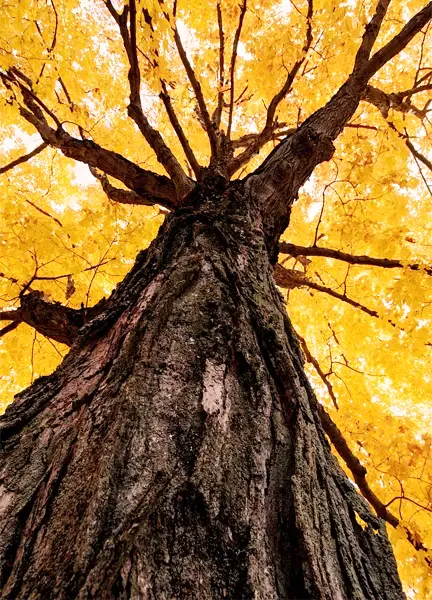
Maple wood, renowned for its strength, durability, and distinctive grain pattern, has a rich history of diverse uses. Historically, indigenous peoples in North America utilized maple for crafting tools and weapons due to its resilience. In colonial America, it became prized for its suitability in crafting furniture, cabinetry, and musical instruments, such as violins and pianos, owing to its fine grain and resonance. Additionally, maple syrup, a sweet delicacy derived from the sap of sugar maple trees, has been a cherished product for centuries, with indigenous communities and early settlers mastering the art of syrup production. Today, maple wood continues to be highly regarded in various applications, blending tradition with contemporary design in woodworking, sports equipment, and architecture, while maple syrup remains a beloved natural sweetener.
Color
Maple wood boasts a versatile color palette, ranging from pale, creamy-white to a gentle light reddish-brown, with variations influenced by species and environmental factors. During autumn, maple trees showcase their enchanting side with a spectacular burst of vibrant red, orange, and yellow leaves, paying homage to the wood’s innate beauty.
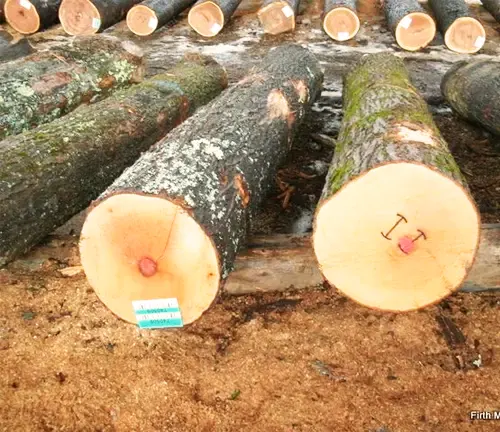
Texture
Maple wood stands out with its fine, evenly distributed grain pattern, presenting a smooth, uniform texture that consistently pleases the eye and touch. While the grain can exhibit slight differences between hard and soft maple species, hard maple typically showcases a tighter, more pronounced grain pattern.
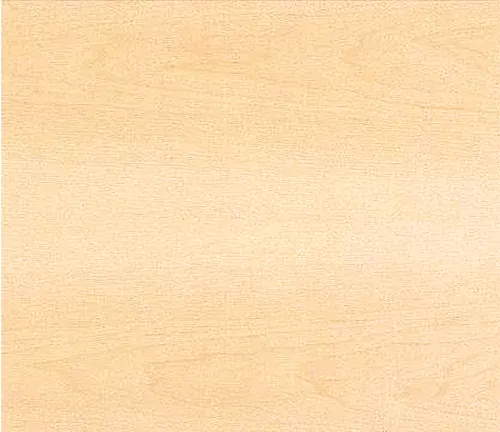
Leaves
Maple trees are iconic for their palmate leaves, distinguished by five or more lobes radiating from a central point, resembling an outstretched hand. These leaves are deciduous, gracefully transitioning from green to a breathtaking array of colors in the autumn, creating a mesmerizing tapestry of vibrant foliage.
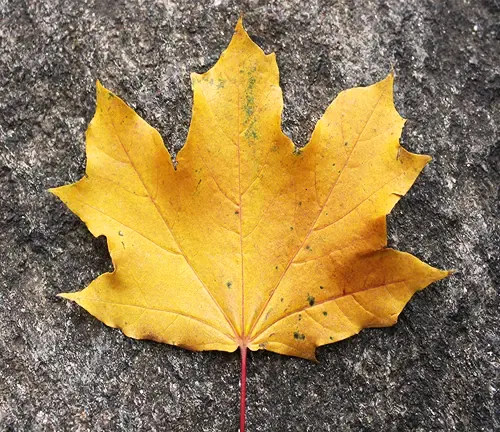
Bark
Maple tree bark evolves in texture and appearance as the tree matures. Young maples present smooth, grayish bark, which gradually transforms into a rougher, more textured surface with age. Some species exhibit unique patterns, furrows, or ridges on their bark, contributing to the individual character of each maple tree.
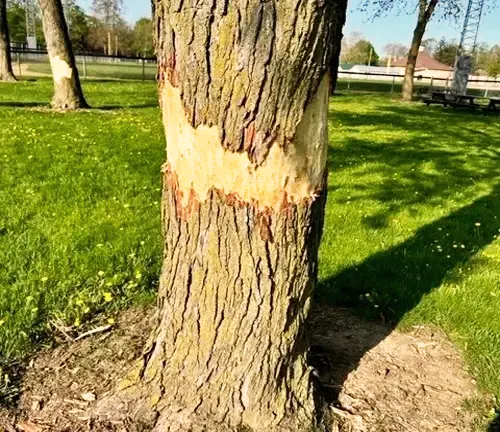
Seed
Maple trees produce iconic winged seeds, affectionately known as “helicopters” or “samaras.” These seeds feature a pair of wings that facilitate wind dispersal, enabling maples to cast their seeds across a broad territory. Seed size and color can vary depending on the specific maple species.
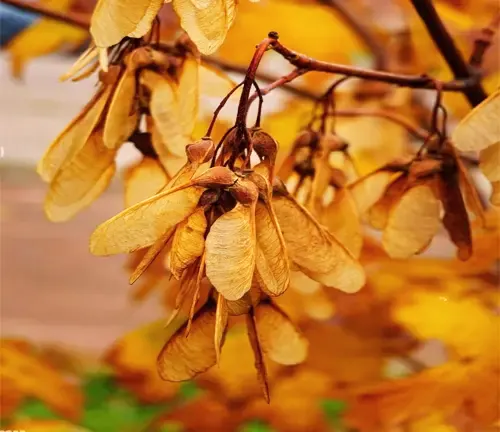
Growth
Maples are esteemed for their relatively swift growth, although the rate can fluctuate according to species and environmental conditions. Some maples achieve maturity in as little as 20 to 30 years, while others may require several decades. Their robust, upright growth habit makes them a favored choice for shade and landscaping.
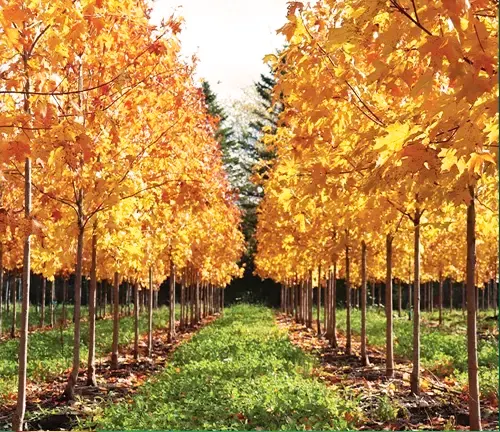
Flower
In spring, maple trees produce modest, inconspicuous flowers, often in greenish or yellowish clusters. Though unassuming in appearance, these flowers play a pivotal role in the tree’s reproductive cycle, eventually giving rise to the distinctive winged seeds.
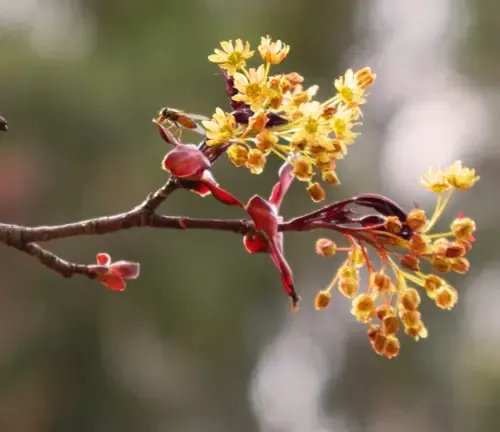
Cost
The cost of maple wood exhibits considerable variation, contingent upon factors such as maple type, quality, and regional availability. Hard maple, preferred for flooring and furniture, tends to command a higher price than soft maple, commonly employed in cabinetry and millwork. Prices may also fluctuate in response to market demand and the level of processing required.
Common Pests & Diseases
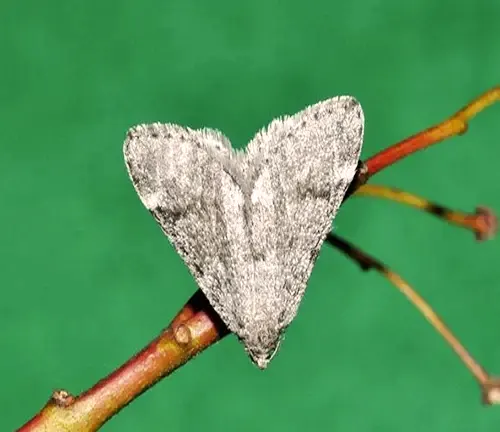
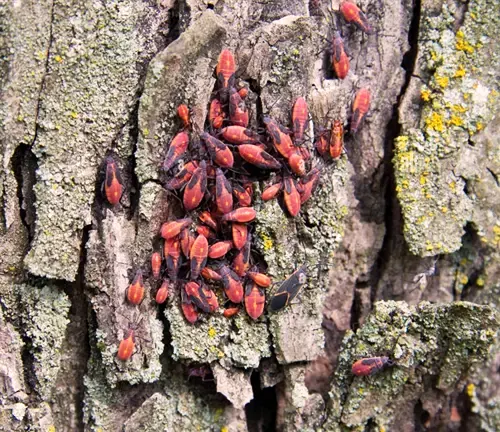
Maple trees are susceptible to a range of pests and diseases that can affect their health and appearance. Common pests include aphids, scale insects, and borers, which can inflict damage upon leaves and wood. Diseases like powdery mildew, anthracnose, and verticillium wilt can also compromise maple trees. Effective mitigation involves regular care, vigilant inspections, and appropriate treatments tailored to the specific challenges faced by each tree.
Different Types of Maple Wood
- Sugar Maple (Acer saccharum): Sugar maples are perhaps the most famous type of maple tree due to their high-quality sap, which is used to make maple syrup. They have vibrant fall foliage, with leaves turning brilliant shades of orange, red, and yellow.
- Red Maple (Acer rubrum): Red maples are known for their red flowers in early spring and their brilliant red foliage in the fall. They are adaptable and can be found in various soil types.
- Silver Maple (Acer saccharinum): Silver maples are known for their distinctive silver undersides of their leaves. They have rapid growth but are relatively short-lived compared to other maples.
- Norway Maple (Acer platanoides): Norway maples are non-native to North America and have become invasive in some regions. They have attractive, broad leaves and produce winged seeds.
- Japanese Maple (Acer palmatum): Japanese maples are popular ornamental trees known for their delicate, finely divided leaves and elegant form. They come in a variety of cultivars with different leaf colors and shapes.
- Bigleaf Maple (Acer macrophyllum): Bigleaf maples are native to the western United States and Canada. They have large, broad leaves and are commonly found in moist, coastal regions.
- Black Maple (Acer nigrum): Black maples are similar to sugar maples and often hybridize with them. They produce good-quality sap for maple syrup and have attractive fall foliage.
- Box Elder Maple (Acer negundo): Boxelders are smaller trees or large shrubs with compound leaves. They are also known as ash-leaved maple and are common in North America.
- Trident Maple (Acer buergerianum): Trident maples are often used for bonsai due to their attractive three-lobed leaves. They are native to East Asia.
- Paperbark Maple (Acer griseum): Paperbark maples are known for their exfoliating coppery-brown bark, which peels away to reveal a lighter layer underneath. They have trifoliate leaves.
- Crimson King Maple (Acer Platanoides ‘Crimson King’): This is a cultivar of the Norway maple, known for its deep red or purple foliage throughout the growing season.
- Amur Maple (Acer ginnala): Native to East Asia, Amur maples are small trees or large shrubs with attractive red fall foliage.
Frequently Asked Questions (FAQs)
- Is maple wood durable for furniture?
Yes, hard maple wood is highly durable and often used for furniture, flooring, and cabinetry due to its strength and resistance to wear and tear. - Can I plant a maple tree in my backyard?
Yes, maples are popular choices for residential landscaping due to their aesthetic appeal and relatively low maintenance requirements. Be sure to choose a suitable species for your climate and space. - What should I do if my maple tree’s leaves are turning brown in summer?
Brown or scorched leaves can indicate stress from drought, pests, or disease. Proper watering, pruning, and addressing any issues promptly can help improve the tree’s health. - Are maple trees suitable for urban environments?
Many maple species are well-suited for urban areas, thanks to their adaptability and tolerance of pollution. However, selecting the right species and providing proper care is essential for their success. - How can I protect my maple tree from common pests and diseases?
Regular monitoring, proper pruning, and maintaining good overall tree health are essential. Consult with an arborist or horticulturist for specific recommendations based on your tree’s condition and local threats.
Thank you for joining us on this journey through the world of Maple Wood. Its warm colors, fine texture, iconic leaves, and enduring qualities have left an indelible mark on our lives. Whether you’re an artisan crafting with its timber or simply an admirer of its beauty in nature, we hope this exploration has deepened your appreciation for this timeless and versatile wood. If you have any questions or would like to share your own experiences with Maple Wood, please don’t hesitate to reach out. Until next time, may your days be as enduring and beautiful as the maple trees themselves.


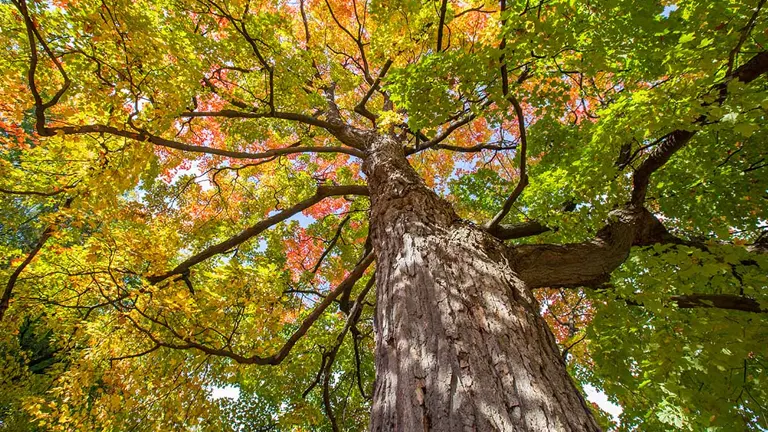
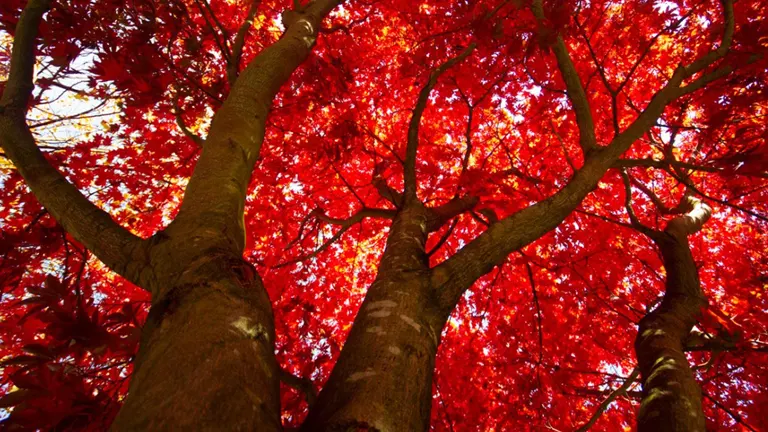
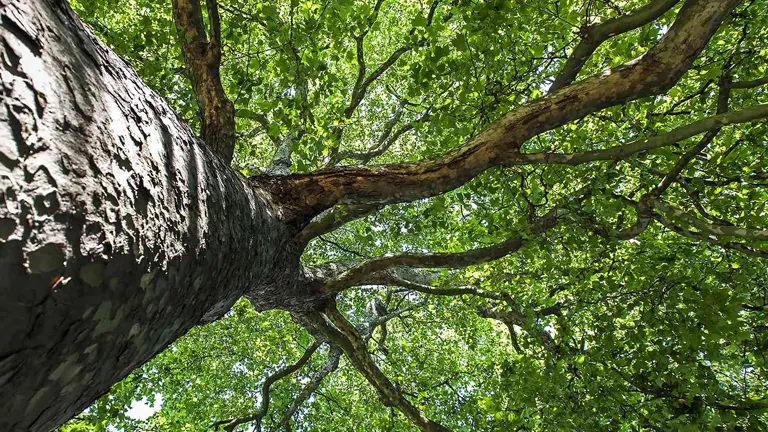
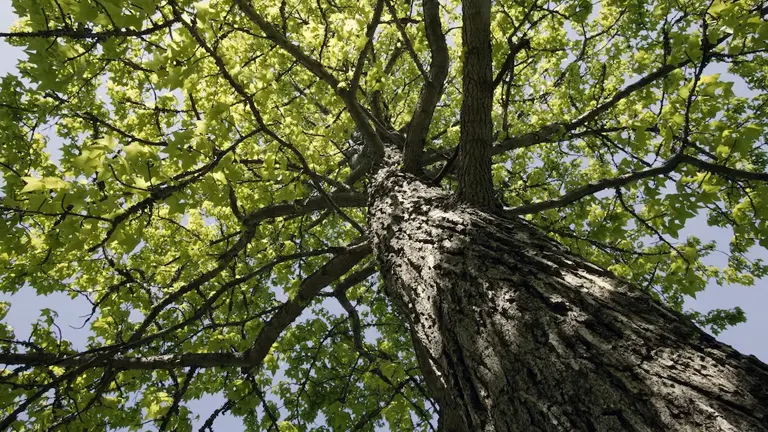
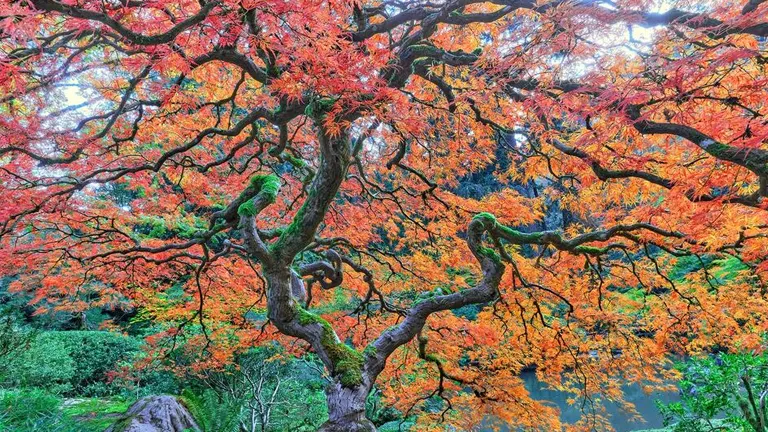
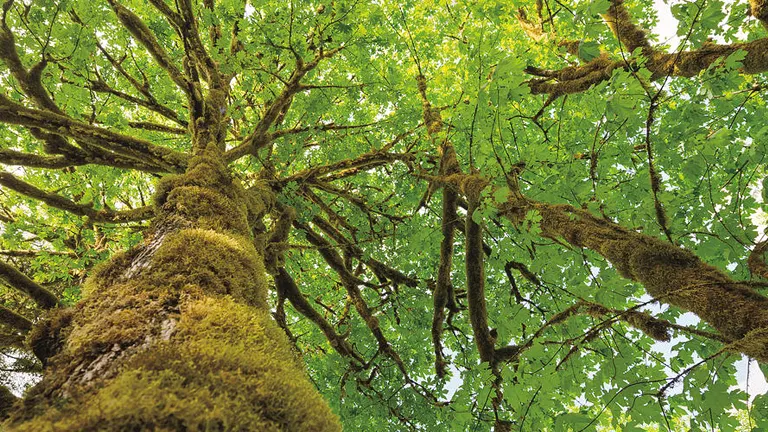
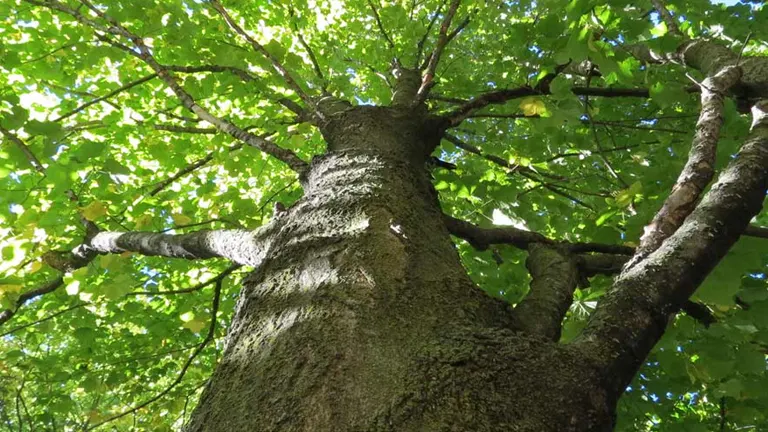
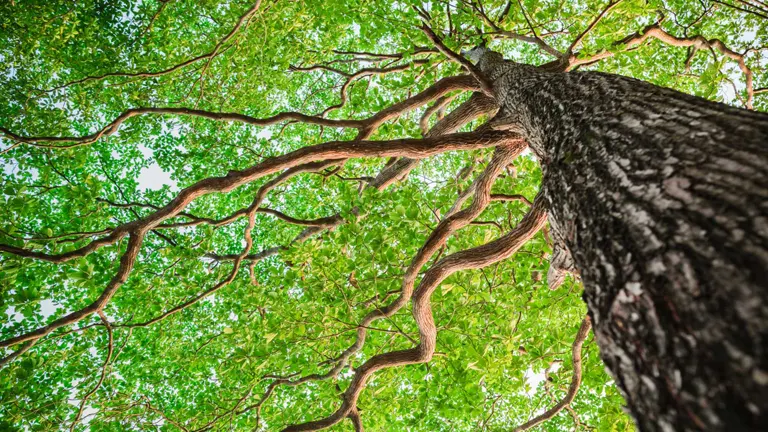

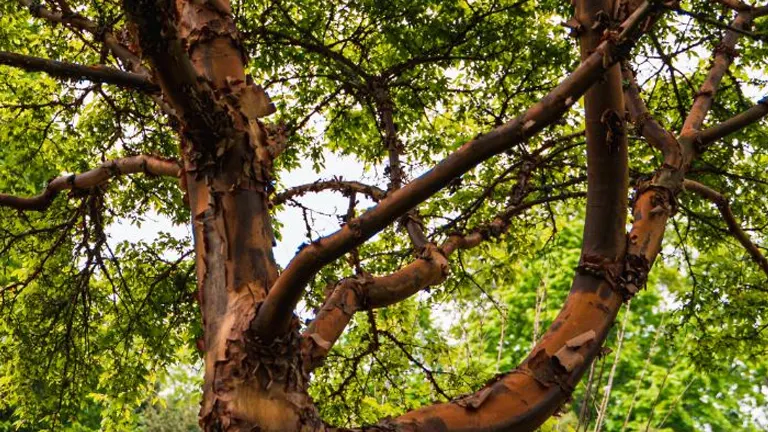
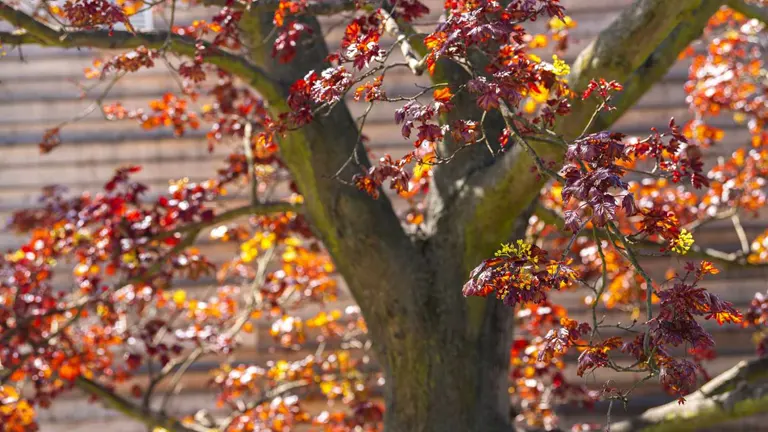
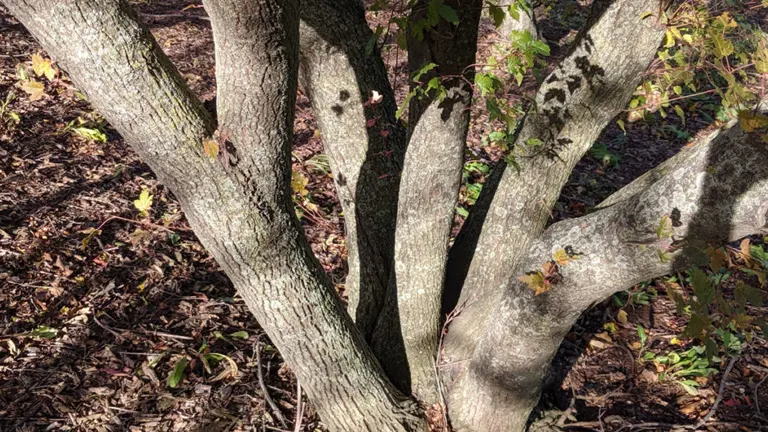
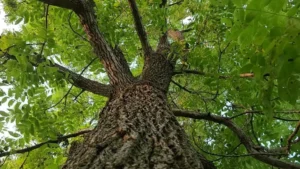
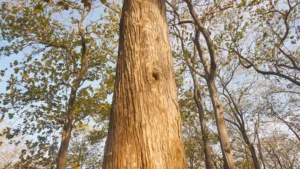
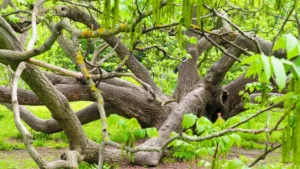
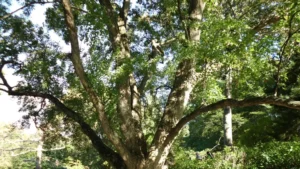
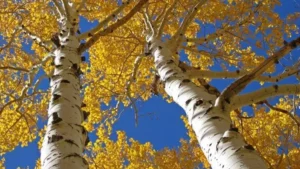
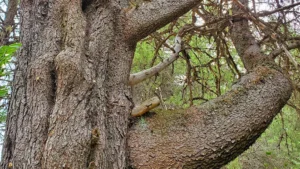
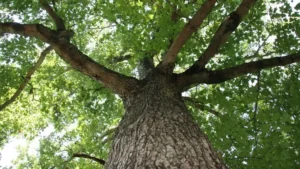
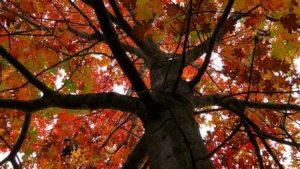
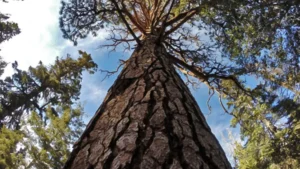
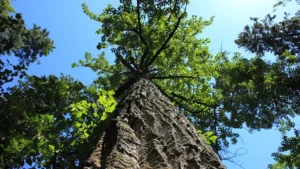
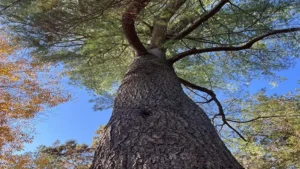
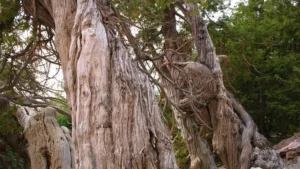
Leave your comment